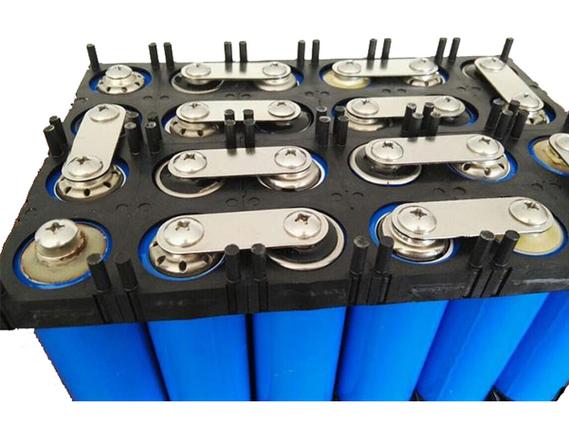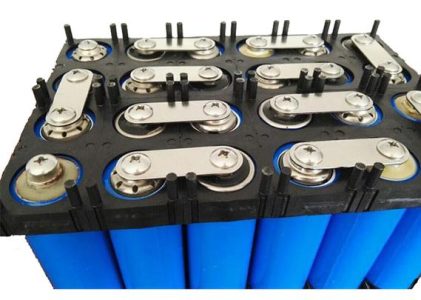The cost of lithium-ion battery packs mainly includes the following aspects:
Raw material cost: The main raw materials for lithium-ion batteries include positive electrode materials (such as lithium cobalt oxide, lithium nickel cobalt manganese oxide, etc.), negative electrode materials (such as graphite), electrolytes, and separators. The cost of these materials accounts for the majority of the total cost of the battery pack. For example, the cost of lithium-ion battery packs in 2023 is $139 per kilowatt hour, with the cost of positive and negative electrode materials occupying important positions.
Production cost: Producing lithium-ion batteries requires high-precision equipment and professional production processes. Production equipment such as vacuum coating equipment, high-precision coating equipment, automated assembly lines, etc. are expensive and require regular maintenance and updates. In addition, energy consumption and labor costs during the production process cannot be ignored.
Research and development costs: The development of lithium-ion batteries requires a significant amount of funding and manpower, involving complex interdisciplinary fields such as chemistry, physics, and materials science. Researchers need to constantly explore new materials, improve battery structures and manufacturing processes, which require long hours of experimentation and testing, with extremely high investment costs.
Market factors: Market demand and economies of scale can also affect the cost of battery packs. Despite the rapid development of the new energy vehicle market, its market size is relatively small, making it difficult to achieve cost reduction through large-scale production. In addition, the dispersion of battery production enterprises has also led to high production costs.
Future trend: According to Bloomberg New Energy Finance’s survey, the cost of lithium-ion battery packs will further decrease by 20% in 2024, to $115 per kilowatt hour. Experts predict that the cost of batteries will continue to decline in the future, and it is expected that the selling price per kilowatt hour will drop to around 500 yuan by 2025


